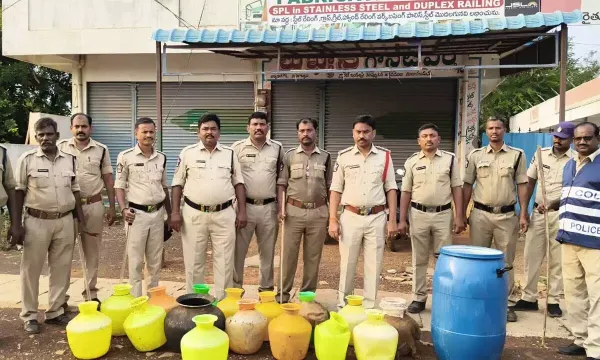Life-threatening bleeding can occur anytime, anywhere, and to anyone. Injuries can happen at work, home, in a vehicle, or within the community. Knowing how to control bleeding can mean the difference between life and death.
Understanding and responding to severe bleeding does not require a medical background. Education focuses on recognizing life-threatening bleeding and applying pressure, packing wounds, or using a tourniquet effectively.
Identifying life-threatening external bleeding
External bleeding is visible on the body’s surface. The volume and flow rate determine its severity. A significant amount of blood loss, roughly half a soda can, can be life-threatening. In infants and children, even less blood loss can be critical. Bleeding that flows continuously or spurts indicates a severe condition.
Types of external bleeding:
Venous bleeding: Dark red blood flowing steadily, under less pressure than arterial bleeding.
Capillary bleeding: Slow, oozing blood that usually clots easily and is not dangerous.
Steps to manage external bleeding
1. Alert emergency services
Ensure safety before calling Emergency Medical Services (EMS) for immediate professional care.
2. Assess the bleeding
Identify the wound location, as clothing may obscure it.
3. Control the bleeding
Apply direct pressure using hands or a clean cloth.
Maintain firm pressure for at least 20 minutes or until EMS arrives.
If pressure alone is insufficient, pack the wound with available cloth to help slow bleeding.
For severe bleeding from extremities, apply a tourniquet, ensuring correct placement and tightness. Once applied, do not remove it until a medical professional assesses the patient.
Emergency bleeding control techniques:
- Direct pressure
- Elevation
- Pressure points
- Splinting
- Inflatable splinting
- Blood pressure cuff compression
Internal bleeding: Causes and management
Internal bleeding occurs when a blood vessel ruptures within the body. Causes include trauma, chronic diseases (e.g., hypertension, liver cirrhosis, clotting disorders), anticoagulant medications, and pregnancy complications.
Visible signs of internal bleeding include:
Blood from ears, lungs, stomach, intestines, anus, vagina, urinary tract, or under the skin (bruising).
Concealed internal bleeding locations:
Head (intracranial hemorrhage)
Chest (hemothorax, cardiac tamponade, aortic rupture)
Abdomen (liver/spleen damage)
Pelvis (pelvic fractures)
Around large bones (fractures)
Recognizing internal bleeding
Blunt trauma (e.g., falls, vehicle crashes, blast injuries) and penetrating trauma (e.g., gunshots, stab wounds) can lead to internal bleeding. Symptoms may not be immediately apparent, but signs include:
- Localized pain, swelling, or tenderness
- Difficulty breathing (if diaphragm is irritated)
- Rigid, distended abdomen (if peritoneal bleeding occurs)
- Blood in bodily fluids (vomit, stool, urine)









